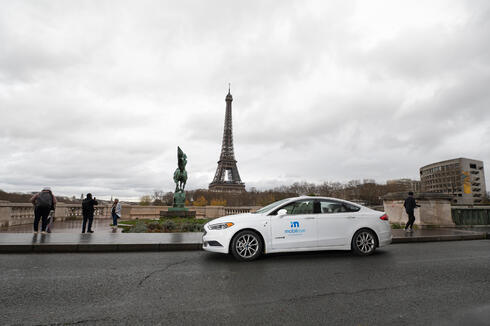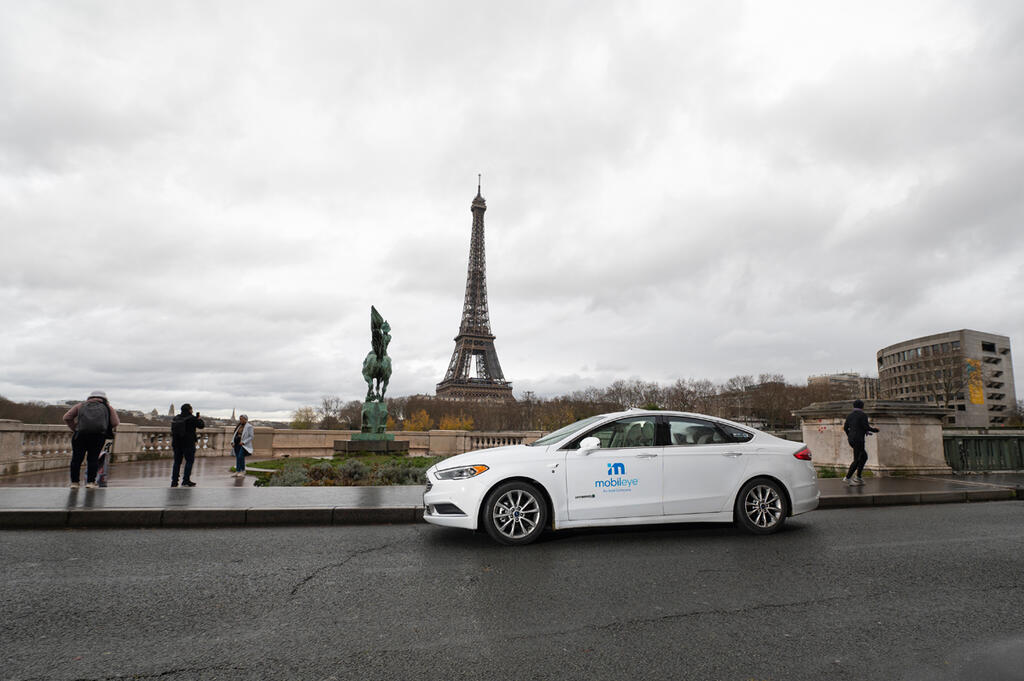
Mobileye shares crash on disappointing results, 2024 guidance cut
The autonomous vehicle systems manufacturer has lowered its forecast for the second half of the year after recording an operating loss of $94 million in the second quarter, almost three times that of the corresponding quarter last year, and a net loss of $86 million.
The slowdown in the electric vehicle market in China, combined with inventory accumulation, has led Mobileye to another weak quarter. Its revenues in the second quarter amounted to $439 million - a decrease of 3% compared to the corresponding quarter in 2023. Compared to the very weak previous quarter, Mobileye has managed to increase revenue by 84%.
Despite the inventory levels almost balancing out at the end of the second quarter, Mobileye is lowering its forecasts for the second half of the year. Operationally, Mobileye recorded another tough quarter with an operating loss of $94 million, almost three times compared to the corresponding quarter last year.
Mobileye's stock crashed by 9% in pre-market trading on Wall Street, mainly due to its disappointing forecast for 2024. It now expects annual revenues of $1.6-1.68 billion compared to $1.8 billion according to the previous forecast. The operating loss will amount to $531-580 million compared to a loss of $378-468 million in the previous forecast.
Ultimately, the company lost $86 million or 11 cents per share, also three times that of what it lost in the second quarter of 2023. Excluding one-time payments, Mobileye recorded an operating profit of $79 million - a drop of 44% compared to the corresponding quarter.
Mobileye has been facing significant losses since the end of 2023 when it discovered that its customers had accumulated large inventories of its advanced driver-assistance systems (ADAS). Since then, it has been struggling to recover for half a year. This is also reflected in its stock, which is trading at a historic low, reflecting a value of $15 billion, at which it was sold to Intel in 2017.














